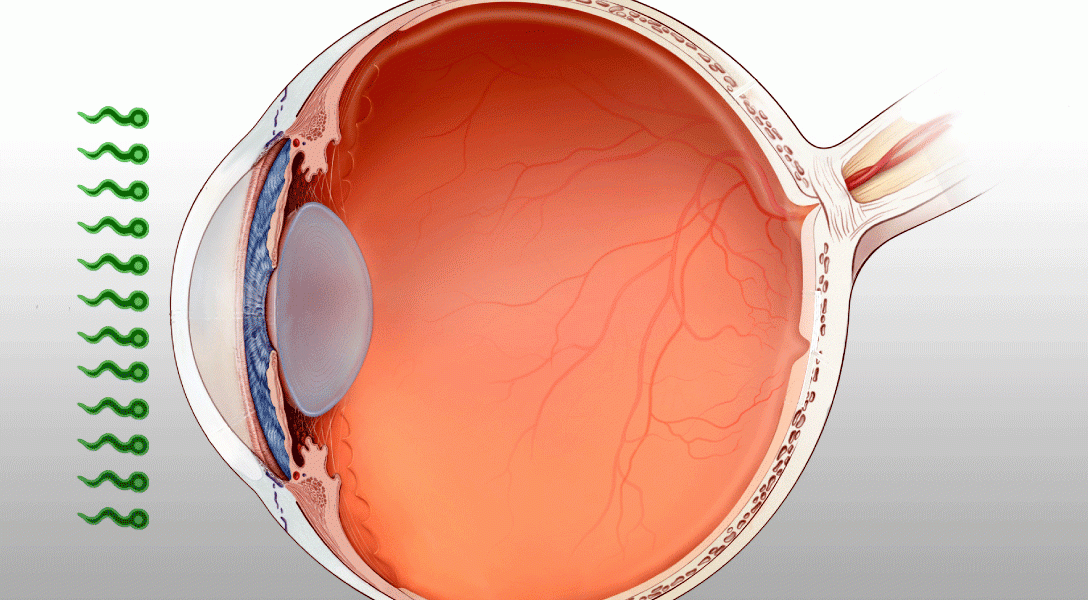Squeamish readers should probably look away now, as this is a story about tiny robots burrowing into eyeballs.
The very idea of tiny robotic entities swimming around in your body will make a certain vintage of reader think about the 1987 movie Innerspace, in which a microscopic craft containing Dennis Quaid is injected into the rump of Martin Short.
Well, science fiction is becoming fact, only instead of miniaturized people, researchers are working on a method to deliver medicine with pinpoint accuracy — using spiral nanobots 200 times smaller than the diameter of a human hair — into the eyeballs of patients.
Drugs to treat eye problems like glaucoma are currently delivered by eye drops, which isn’t a perfect method for a number of reasons. The medicine unnecessarily treats the whole eye while it travels to the retina, which is at the back of the eye; also, success relies on the patients to administer drops four times daily. Some other eye illnesses, like diabetic macular degeneration, require drugs to be injected directly into the eyeball — a time-consuming, costly procedure, and quite frankly the stuff of many patients’ nightmares.
Researchers have used 3D nanoscale printers to create nanobots small enough to burrow their way through the dense jelly in the front of the eye called the aqueous humor. A slippery coating is added to the bots to aid their journey, along with tiny bits of metal so the bots can be steered by magnets to exactly where they’re needed.
Initial research on pig eyeballs, where thousands of the bots were injected and steered around the eye, gave positive results. It took 30 minutes for the medicine to hit the retina, which is 10 times faster than treating with eye drops.
This is still in the research phase, and researchers still have to work out how to dispense with the robots once their job is done. But perhaps the kids who went to see Innerspace with their parents will benefit from this kind of science in years to come, when their vision starts to fail.
Watch this video to see footage from the research.
Related front page panorama photo credit: Adapted by WhoWhatWhy from eye (Tmhlee / Wikimedia – CC BY-SA 3.0).



